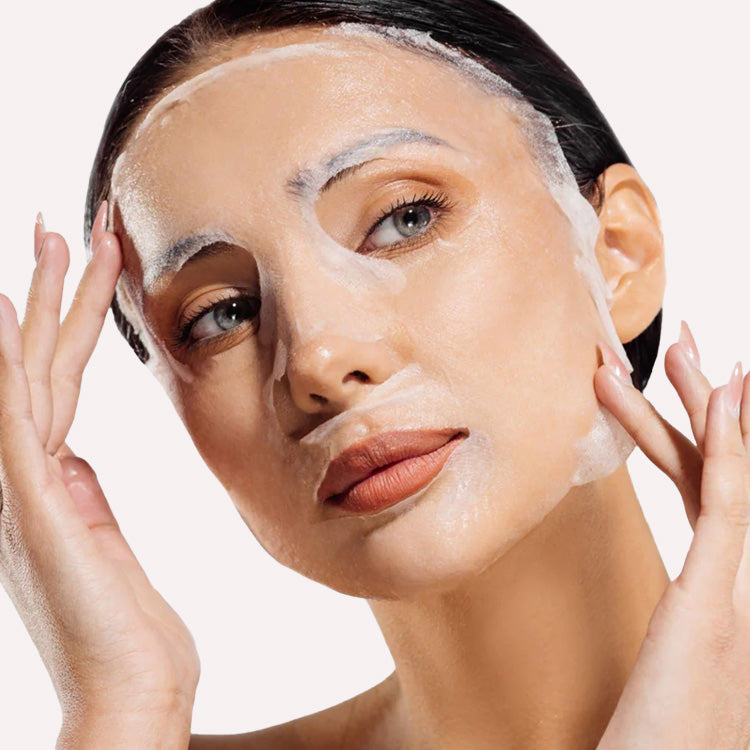Understanding Female Pattern Hair Loss
Confronting female pattern hair loss can be an emotional journey, often filled with feelings of distress and self-consciousness. For many women, hair is closely tied to identity, femininity, and self-esteem. When faced with thinning hair or bald patches, it can be overwhelming and isolating. However, it’s important to understand that you are not alone in this struggle. More than 30 million women in the United States experience some degree of hair loss, and female pattern baldness is undoubtedly one of the most common forms.Recognising the Signs
The first step in confronting female pattern hair loss is recognising the signs. It is typical to notice changes in your hair, which may include:- Thinning of the hair on the crown of the head
- Widening part lines
- Increased hair shedding during brushing or washing
- Shorter or finer hair strands
Stigma and Emotional Impact
The stigma surrounding hair loss can be particularly hard to navigate. Society often places an emphasis on youth and beauty, and hair plays a significant role in this equation. As a result, women experiencing hair loss may feel pessimistic about their appearance, leading to decreased self-confidence. It's common for emotions to fluctuate between acceptance and frustration, making it difficult to confront the reality of hair loss.Breaking the Stigma
It’s essential to break down the stigma by fostering open discussions about female hair loss. Talking about your experiences with friends and family, or joining support groups, can help you feel less isolated. Consider these approaches:- Sharing your story through social media
- Engaging in conversations with loved ones
- Participating in forums or community groups
Seeking Help and Resources
The next step in confronting female pattern hair loss involves educating yourself and seeking help. There are various resources available, and taking proactive steps will aid in managing the situation effectively.Consulting with Professionals
One of the most impactful actions you can take is seeking professional advice. Consulting with a dermatologist or a trichologist can provide insight into your specific type of hair loss and suitable treatment options. They can advise on:- Topical treatments such as minoxidil
- Prescription medications
- Lifestyle changes
- Potential dietary adjustments
Exploring Treatment Options
While confronting hair loss may seem overwhelming, a variety of treatments are available. These treatments can range from medical interventions to lifestyle changes, and understanding them can provide hope.Topical Treatments and Medications
Topical solutions, like minoxidil, have proven beneficial for many women. They work by enhancing blood flow to the hair follicles, promoting hair growth. Other medications, such as finasteride, may also be considered but typically come with a prescription.Medically-Supervised Treatments
In more advanced cases, women may consider medical procedures. Options include:- PRP (Platelet-Rich Plasma) therapy
- Hair transplants
- Laser therapy
Complementary Lifestyle Changes
Beyond medical treatments, integrating healthy habits into your daily life can also bolster hair health. Focus on these lifestyle factors:- A balanced diet rich in vitamins and minerals
- Regular exercise to promote circulation
- Stress management techniques, such as yoga or meditation
Embracing Your New Norm
The journey through female pattern hair loss is a personal one, and it’s essential to note that it can take time to adjust. Embracing your new norm is a vital part of this process. Here’s how to cultivate a positive outlook:Coping Mechanisms
Finding ways to cope with the emotional aspects of hair loss can be transformative. Instead of focusing on what is lost, redirect your thoughts to what still remains. You might also consider:- Experimenting with different hairstyles or colours
- Wearing wigs, headscarves, or hats for variety
- Investing in hair extensions or volumising products






























